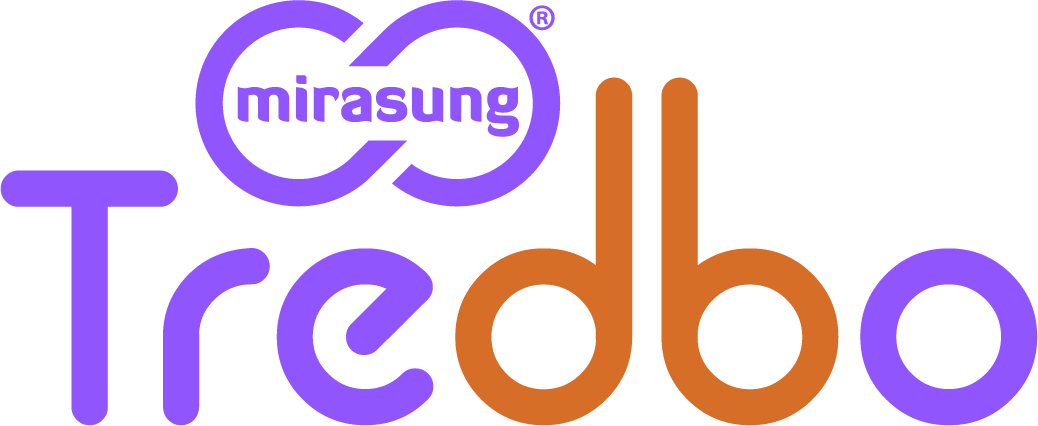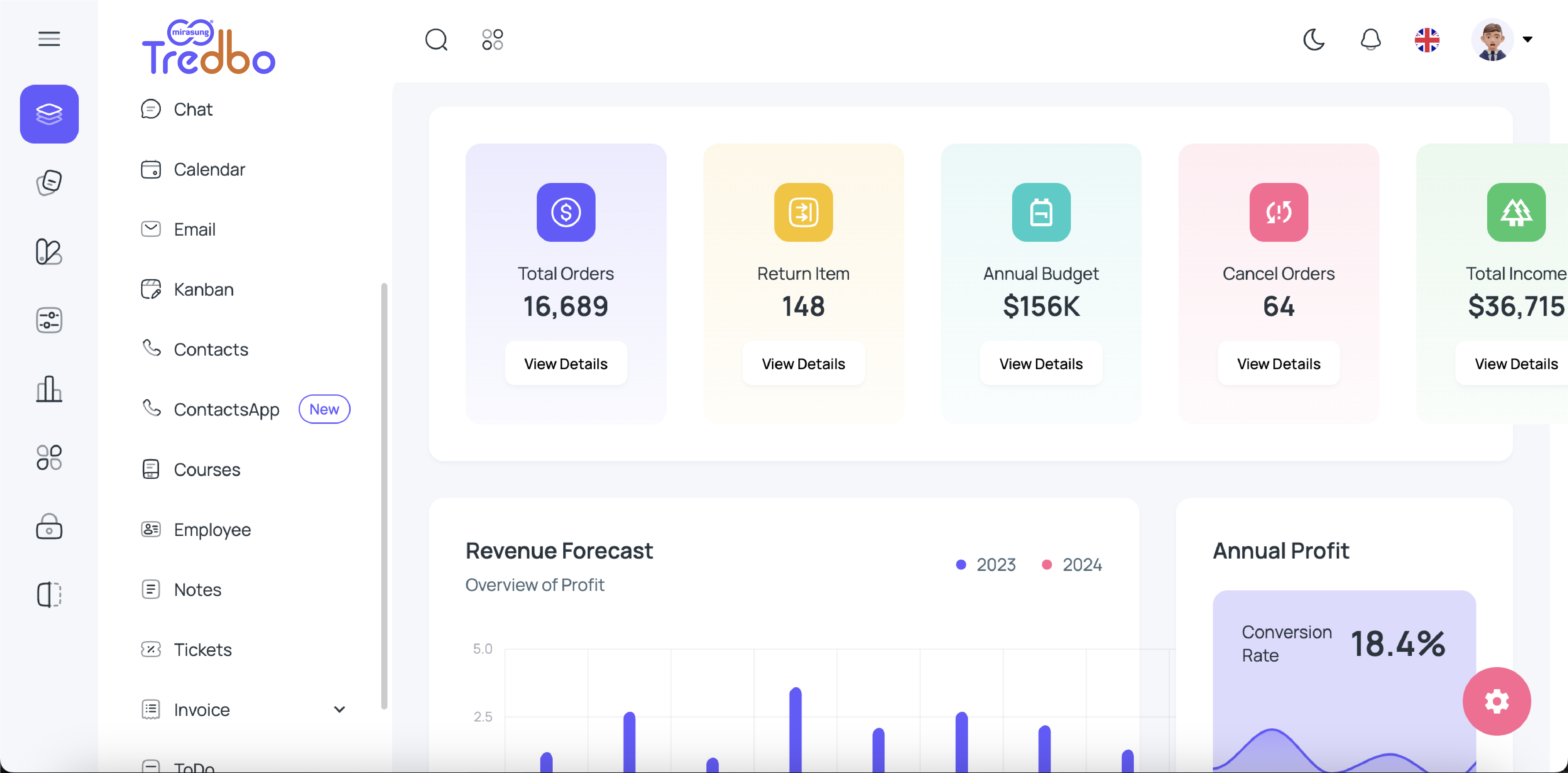ERP

Mirasung Tredbo - ERP
Mirasung Enterprise Resource Planning (ERP) refers to integrated software systems that organizations use to manage and automate core business processes across various departments. ERP systems streamline operations, improve efficiency, and ensure better data-driven decision-making. They help businesses collect, store, manage, and interpret data from different functional areas like finance, supply chain, manufacturing, human resources, sales, and more. Here are the key features and details of ERP systems:
Core Modules of ERP:
ERP systems consist of various modules that address different aspects of an organization’s operations. Some of the key modules include:
Enquire Now for Tailored IT Solutions!
Looking for reliable IT services and support, custom software development, or AI solutions? Our team is ready to help your business grow with cutting-edge technology. Contact us today to get a personalized consultation!
Tredbo ERP Features:
- Finance and Accounting
- Human Resources
- Supply Chain Management
- Sales and Customer Relationship Management
- Manufacturing/Production Management
- Project Management

Finance and Accounting (Financial Management):
General Ledger
Tracks all financial transactions and generates financial statements.
Accounts Payable and Receivable
Manages invoices, payments, and collections.
Cash Management
Monitors cash flow, payments, and bank accounts.
Asset Management
Tracks physical and intangible assets.
Budgeting and Forecasting
Helps in planning future financial goals.
Financial Reporting
Generates reports like balance sheets, profit and loss, etc.
Human Resources (HRM):
Employee Management
Tracks employee records, profiles, and payroll.
Recruitment and Onboarding
Manages job postings, applications, and employee induction.
Leave and Attendance
Monitors employee attendance, sick days, and vacations.
Performance Management
Evaluates and tracks employee performance.
Compensation and Benefits
Administers pay structures, bonuses, and benefits.
Supply Chain Management (SCM):
Inventory Management
Tracks inventory levels, orders, and shipments.
Procurement
Manages purchasing processes, suppliers, and contracts.
Order Processing
Manages sales orders, order fulfillment, and shipping.
Logistics and Distribution
Coordinates delivery, warehouses, and transportation.
Sales and Customer Relationship Management (CRM):
Sales Orders
Tracks customer orders and deliveries.
Customer Support
Manages after-sales service and customer queries.
Sales Forecasting
Predicts future sales trends and opportunities.
Marketing Campaigns
Helps plan and track marketing efforts.
Manufacturing/Production Management:
Bill of Materials (BOM)
Defines raw materials, parts, and components needed for production.
Production Planning
Schedules manufacturing operations, resources, and personnel.
Work Order Management
Tracks progress of manufacturing tasks.
Quality Control
Ensures products meet quality standards and reduces defects.
Maintenance Management
Manages equipment, maintenance schedules, and downtime.
Project Management:
Project Planning
Creates timelines, resource allocation, and project scope.
Resource Management
Optimizes resource utilization and tracks project milestones.
Budgeting and Costing
Monitors project budgets, costs, and expenses.
Task Management
Assigns tasks, tracks completion, and monitors deadlines.
Collaboration Tools
Enables teams to work together on project deliverables.
Benefits of ERP:
Improved Efficiency
By automating routine tasks and providing a single source of truth, ERP reduces duplication of effort and improves workflow efficiency.
Better Data Management
ERP helps centralize and standardize data, providing accurate and timely information for decision-making.
Cost Reduction
Optimizing resources, reducing redundancies, and streamlining processes lead to significant cost savings.
Enhanced Collaboration
Employees across different departments can collaborate more effectively, thanks to shared access to real-time data.
Regulatory Compliance
ERP systems help ensure compliance with industry regulations and standards by automating data collection and reporting.
Customer Satisfaction
By improving inventory management, production timelines, and sales order processing, ERP can lead to faster delivery times and better service to customers.
Better Forecasting and Planning
With built-in tools for budgeting, financial forecasting, and demand planning, businesses can predict future trends more accurately.
Conclusion:
Mirasung Tredbo ERP systems are critical tools for businesses looking to streamline their operations, improve efficiency, and make informed decisions. By integrating data from various departments and automating workflows, ERP solutions help businesses reduce costs, improve customer satisfaction, and plan for the future more effectively. However, successful ERP implementation requires careful planning, proper training, and a clear understanding of the company’s needs and goals.

